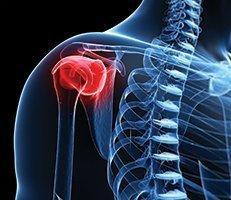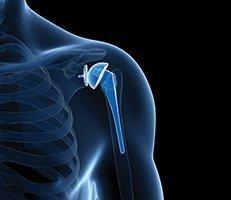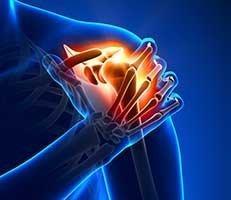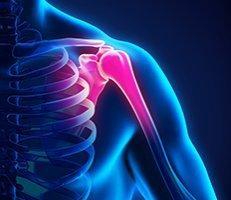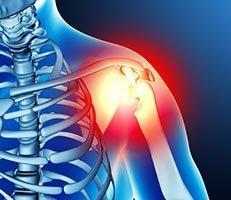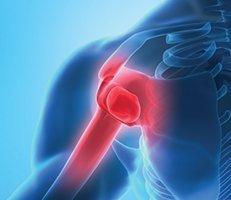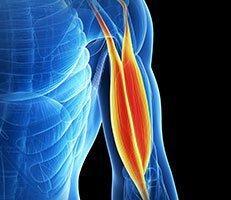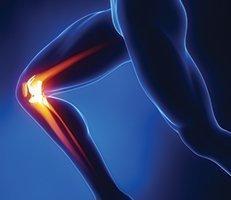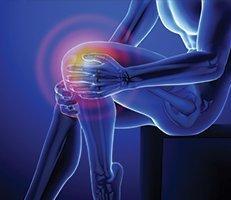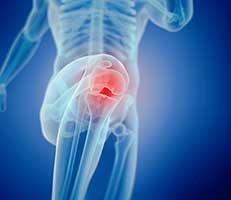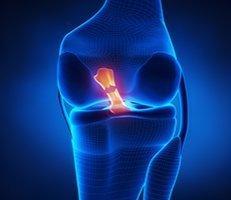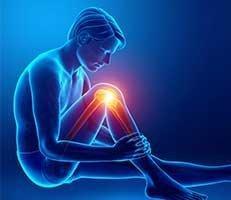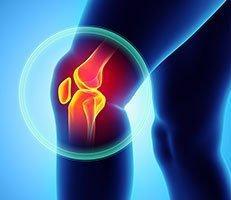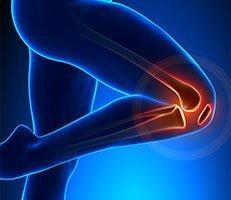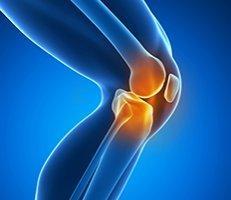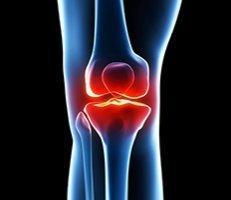When it comes to ACL injuries, rehabilitation is one of the most important parts of the entire treatment process. With proper rehabilitation, patients can expect to recover quickly and effectively from their injuries, and possibly return to physical activities such as sports or exercise. In many cases, ACL rehabilitation is often just as important as the surgery itself, and its ultimate success depends on a patient’s determination and resolve.
ACL Rehabilitation Concerns
 One of the concerns that you may have when facing ACL reconstruction surgery is how long your rehabilitation may be. You may also wonder what types of exercises and which measures you will need to take to be restored to full health.
One of the concerns that you may have when facing ACL reconstruction surgery is how long your rehabilitation may be. You may also wonder what types of exercises and which measures you will need to take to be restored to full health.
On the same day that you have ACL reconstruction surgery you will be given a set of exercises to begin immediately in the recovery room. You will need to be on crutches initially. Weight bearing can be increased as your recovery progresses. If you tore other ligaments or damaged other parts of your knee in the injury, you may need to be on crutches for a longer period of time.
In the first few weeks after your surgery, the focus will be on decreasing the swelling and regaining the extension of your knee. To do this, you should elevate your leg, ice it, and ride a stationary bike as a beginning to the healing process. Two weeks prior to reconstruction surgery, patients should be able to fully extend the knee. This is the goal in the beginning of rehabilitation.
One of the biggest questions following surgery is, “when can I drive?” Once muscle control has been exhibited and mobility and comfort are secured by the patient, driving may be an option, but it all depends on how fast the recovery process is taking place.
Rehabilitation Structure
Each surgeon and therapist will have different protocols for the course of rehabilitation for each patient, but the general structure and goals are typically the same. The biggest goal is return a patient to a normal and complete level of functioning in a short time without compromising the reconstructed knee. To achieve this overall goal, therapy is broken down into phases. An example of these phases is:
Phase I – Two weeks after surgery
- Control of inflammation using ice and elevation
- Obtaining a range of motion with the knee, being able to extend it
- Achievement of patient control of quadriceps
- Patient is educated on the rehabilitation process
- Patient will walk on crutches for 7-10 days until their comfort is regained
- Patellar Mobilization – to prevent patellar tendon shortening and loss of knee motion
Phase II – Two to six weeks after surgery
- Strengthening – light weights and sports cords
- Full range of motion with the knee including flexion
- Continued protection of the graft from additional stress
- Improvement of endurance and which will require use of the treadmill, step machine and elliptical trainer
Phase III – six weeks to three to four months after surgery
- Improve patient’s confidence in the knee
- Progression in strength, power to the knee. This prepares the athlete for return to their sport
- Jogging typically allowed at three months after surgery
- Straight ahead running can be pursued at this time
Phase IV – four to six months after surgery
- Possible return to sports, depending on the sport and specific details surrounding the injury
- Full range of motion should be present without pain
- Sufficient strength should be present in the knee
- Typically, patient is allowed to participate in advanced lifting exercises
- This phase is typically customized to the patient’s activity level and competition level in their sport
Phase V – return to sports, usually at six months
- Patient must meet all the criteria for return to sports
- No soft tissue, range of motion complaints, or pain must be present
- Physician must clear the patient to resume full activities
- The goal is a safe return to sports
- The patient must be educated on the possible limitations
- Strength and endurance must be maintained
- Functional bracing may be recommended for one to two years following the surgery
To learn more about the ACL recovery process, please click here.
Bracing
 The need for bracing after ACL surgery depends upon both the patient and surgeon’s preference. Braces could always be recommended by certain surgeons. Some never use them, and some use them only at intermittent times, or during the immediate recovery phase. No long term benefits have been found when it comes to wearing a brace. The bottom line is that if you feel more comfortable wearing a brace, you should wear one.
The need for bracing after ACL surgery depends upon both the patient and surgeon’s preference. Braces could always be recommended by certain surgeons. Some never use them, and some use them only at intermittent times, or during the immediate recovery phase. No long term benefits have been found when it comes to wearing a brace. The bottom line is that if you feel more comfortable wearing a brace, you should wear one.
ACL Rehabilitation Follow-Up
After ACL surgery, patients will need to visit Dr. Millstein for follow up visits within the first week, two weeks, six weeks, three months, six months, and eight months following surgery. During these appointments, Dr. Millstein will examine and measure the following:
- The presence of continued pain and swelling
- Range of motion of the knee
- Strength of the leg
- Looseness of the graft
- Knee function during routine activities of daily living
Working closely with your physician and rehabilitation team should give you a good idea of what to expect in the recovery process and whether or not a brace is necessary for your particular circumstance. Your team will ensure that you’re on the road to fully functioning again with a reconstructed knee following your ACL injury.
Next, read about ACL Reconstruction.

